Competition brought the need to accelerate fright trains, but with the locomotives available, speed required sacrificing train length. In 1922 Lima built an experimental 2-8-2 for New York Central, H-10 No. 8000. Lima’s William E. Woodard based the design on NYC’s H-7 Mikado but added a substantially larger firebox grate, a feedwater heater, larger cylinders, lightweight rods, and a booster-what we would now call “state of the art.” The H-10 could both out-pull and out-run the H-7, confirming Woodard’s views on the importance of increased steaming ability.
Woodard then designed a locomotive to answer the hypothetical question, “what if we make the grate even larger?” One answer was, “You’ll need a four-wheel trailing truck to support the firebox,” and another was the resulting locomotive would be able to generate enough steam for sustained speed. The tangible result was Lima demonstrator No. 1, class A-1, the first 2-8-4. Its 100-square-foot grate was half again as large as the grate of the NYC H-10. It had 28×30-inch cylinders and 63-inch drivers and carried a boiler pressure of 240 pounds. The frame of the A-1 ended behind the rear drivers, and the trailing truck transmitted the pulling forces and supported the rear of the firebox directly. It also had a booster on the rear axle and carried the ashpan.
In early 1925 the A-1 demonstrated on New York Central’s subsidiary Boston & Albany across the Berkshire Hills of western Massachusetts. The B&A quickly signed up for 45 copies and the wheel arrangement had a name. Both the wheel arrangement and Lima’s Super-Power concept (in simplest terms, a much greater capacity for making steam) were an immediate success. Railroads bought Berkshires by tens and dozens at a minimum (Toronto, Hamilton & Buffalo’s two are a special case-a 50-mile run, a fourth of which was on New York Central System tracks).
The 2-8-4’s built over the ensuing 24 years fall into four groups: copies of the A-1, with 28×30-inch cylinders and 63-inch drivers; the Erie’s enlarged version of the A-1, with 28.5×32-inch cylinders and 70-inch drivers; the Nickel Plate Berkshires (25×34-inch cylinders and 69-inch drivers) and the others of that design; and the rest, which don’t fit into the first three groups.
The copies of the A-1 were built between 1926 and 1929 for Boston & Albany, Illinois Central, Chicago & North Western, Boston & Maine, Missouri Pacific, and Toronto, Hamilton & Buffalo. B&A 1400-1444 and the IC and B&M engines, all built by Lima, had the short frame and articulated trailing truck of the original. The others had full-length frames and conventional trailing trucks.
Between 1927 and 1929 John J. Bernet brought Erie out of the drag freight era with the purchase of 105 Berkshires, and the 2-8-4 became a much faster freight engine. The two major differences between the Lima A-1 and the Erie Berkshires were a larger boiler and 70″ drivers; the cylinders were a half inch larger, and the locomotives had full-length frames.
In 1933 Bernet became president of the Nickel Plate to pull it out of the Depression the same way he had upgraded the Erie. The Nickel Plate was under the control of the Van Sweringen brothers, as were the Erie, Chesapeake & Ohio, Pere Marquette, and Wheeling & Lake Erie. The unified Advisory Mechanical Committee of the Van Sweringen railroads developed a 2-8-4 that combined design elements from the Erie’s Berkshires and C&O’s T-1 2-10-4. The Nickel Plate bought 80 2-8-4’s between 1934 and 1949, and the same design was used for the Berkshires of the Pere Marquette, Wheeling & Lake Erie, Chesapeake & Ohio, Virginian, and Richmond, Fredericksburg & Potomac. The PM engines had cylinders an inch larger in diameter, the W&LE engines were lighter, the C&O engines were heavier (C&O engines were often heavier than the same type on other roads), and RF&P’s had different domes and cabs. The Virginian copied the C&O design for its five Berkshires of 1946.
The rest of the 2-8-4’s include 15 Santa Fe engines that shared driver size with the original Lima design but little else; 6 Detroit, Toledo & Ironton locomotives that looked like Nickel Plate engines with 63-inch drivers; 42 Louisville & Nashville engines that shared some characteristics with the Van Sweringen 2-8-4’s; five lightweight Norfolk Southern machines that eventually went to Mexico; and seven 63-inch-drivered, boosterless Pittsburgh & Lake Erie engines that were Alco’s last steam locomotives (1948).
Adapted from “Guide to North American Steam Locomotives,” by George H. Drury, Kalmbach Publishing Co., 1997.





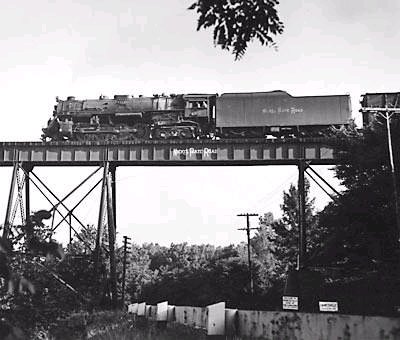

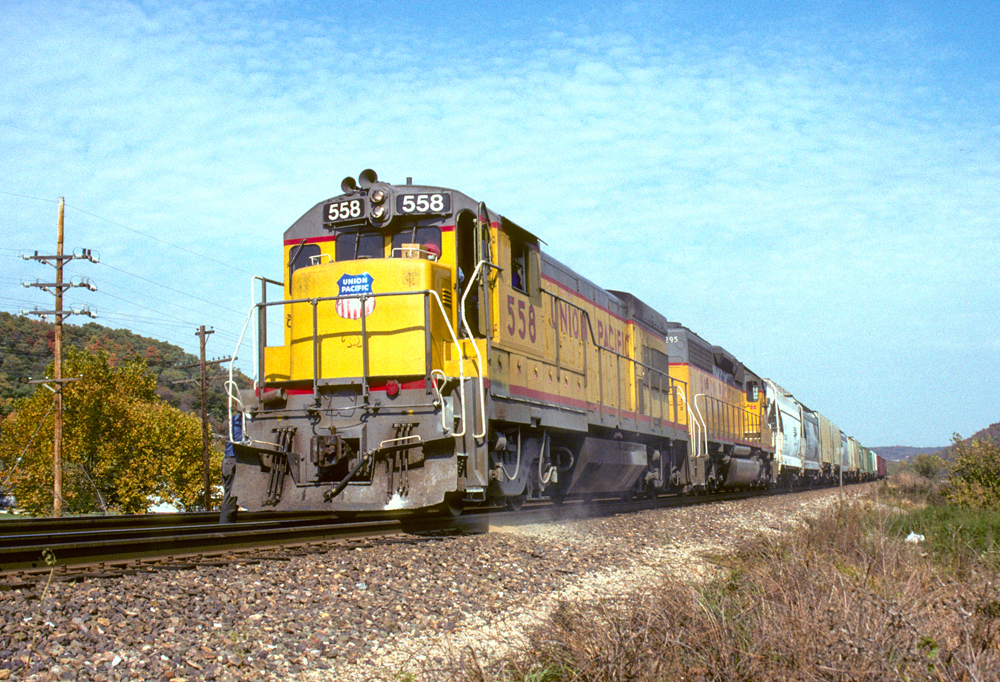
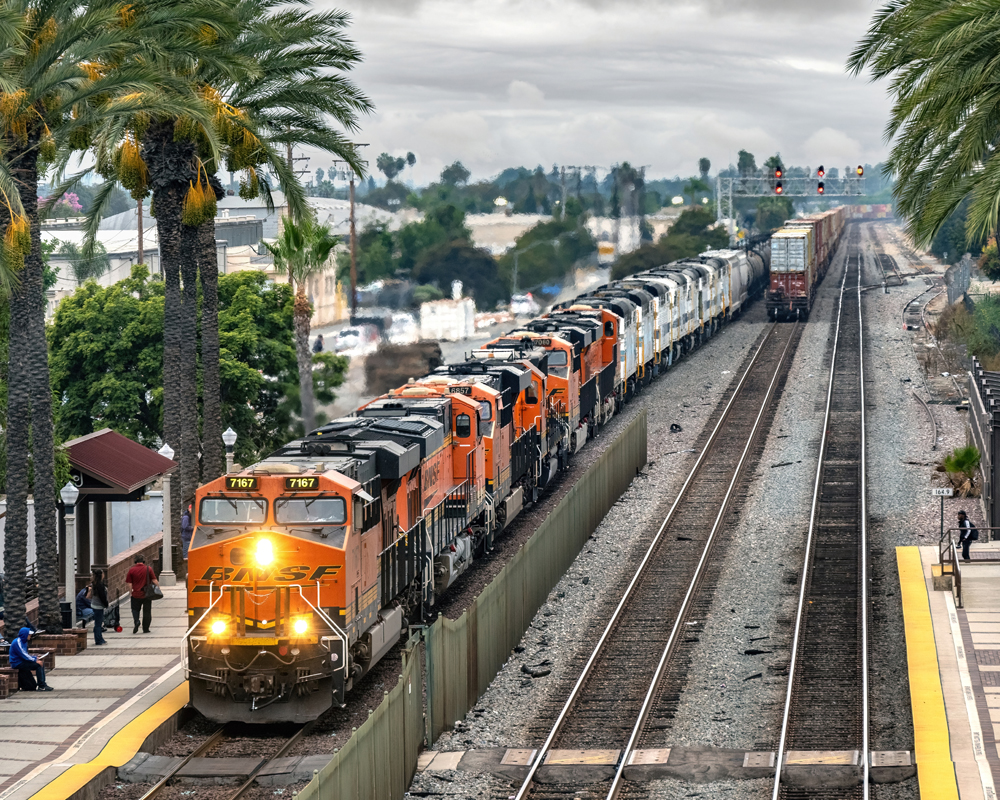
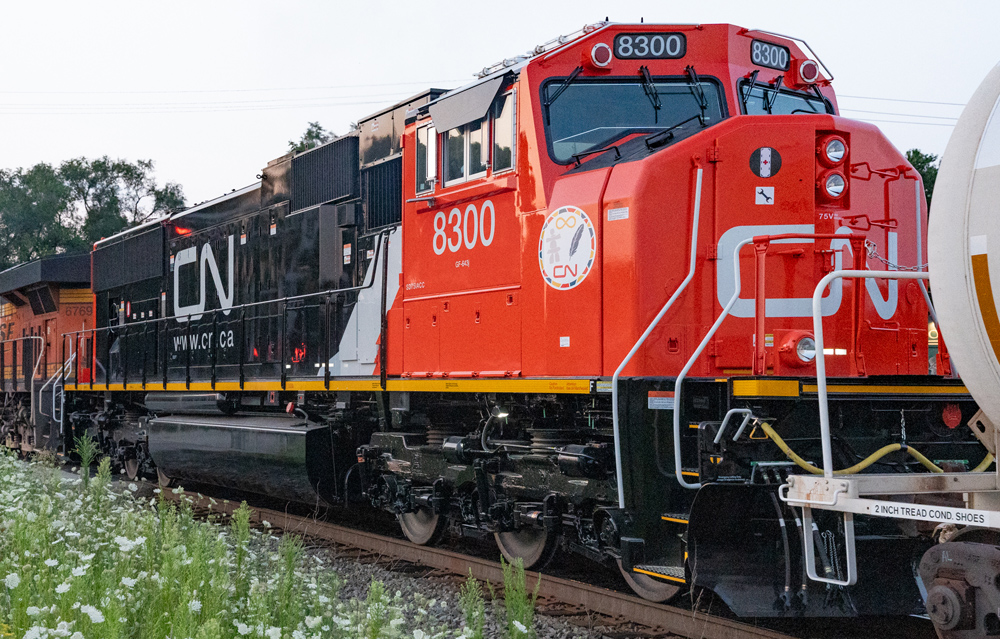
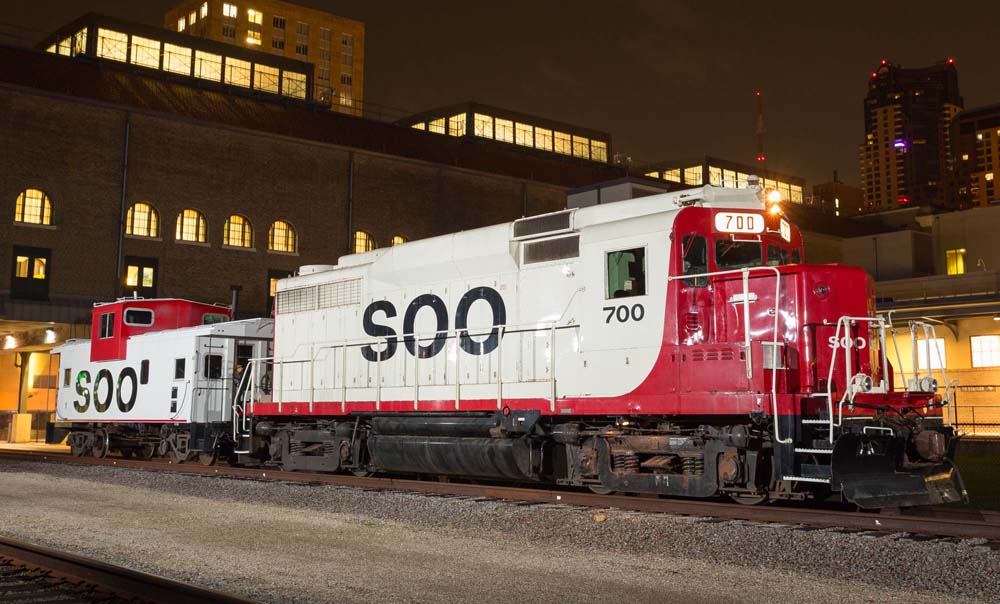




The last Berkshire built in 1949 by Lima Loco, NKP 779, has been on display in Lima's Lincoln Park since 1966. The covered exhibit also includes the tender, a NKP Pullman coach, and NKP wooden caboose 1091.
Having lived in Northeast Ohio in the 1940 and 1950s I lived along the Nickel Plate main line and witnessed those high speed Berkshires pulling long strings of wood refer cars toward the East.they were a very impressive machine crossing the main street 0f town running the speed limit of 30mph but when the caboose crossed the same street it was rocking and rolling at over 60mph clocked by radar in police car.impressive at least true high speed service
Will Woodard was born and raised in my current home of Utica, NY before going off to Cornell and a degree in mechanical engineering. He was among the first generation of college-trained locomotive designers. Little by little, I've been trying to piece together info about him, beyond the basic bio that seems to appear "everywhere." Yes, he was "an intense little man with silver-rimmed spectacles" but there was much more to him than that. And his wife, Phebe Hatfield, was a pretty interesting individual in her own right.
Great article, I am from southwestern Ohio and I am a huge fan of berkshires because of C&O 2776 in Washington C.H. Ohio. Also DT&I which ran through this area used Berks as well.